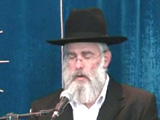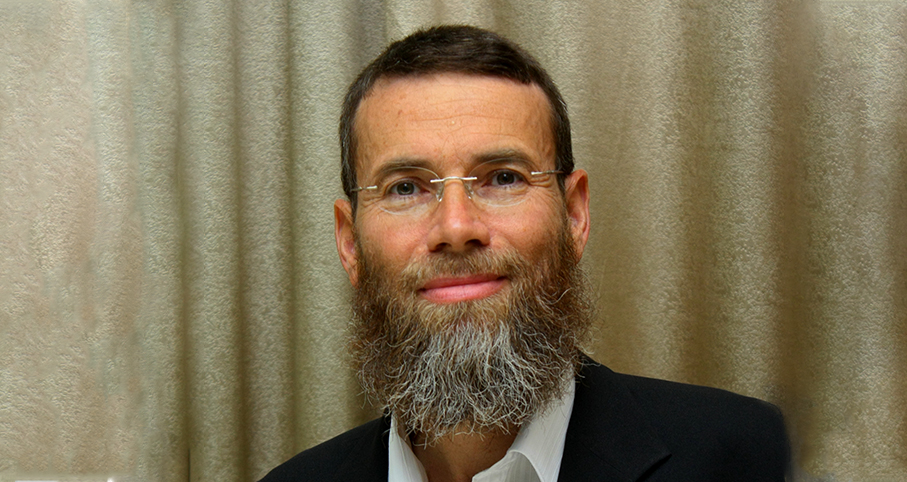Beit Midrash
- Sections
- Chemdat Yamim
- Parashat Hashavua
- Torah Portion and Tanach
- Shmot
- Vayakhel
We would, though, like to present a third approach, taught by the Vilna Gaon and disseminated by his disciples. The Gaon posited that the order in which the occurrences are presented is the proper way to understand the matter. Chronological order is irrelevant because time is a function of the physical world and is irrelevant in the spiritual world. The idea that the spiritual world is beyond time is behind the written spelling of Hashem’s Name, which includes hints to past, present and future.
One of the Gaon’s principal disciples, Rav Chaim of Volozhin (Nefesh Hachayim (I:6)), developed the connection between sin and sanctuary, which exists from the beginning of humanity. When Adam and Eve were placed in the Garden of Eden, they enjoyed a perfect existence, in which there was a clear separation between good and evil (but with free will). After the sin, mankind fell into a spiritual intermingling, in which the path to tikkun (repair) is much more complicated. More than 2,000 years later, an entire community – the Nation of Israel at Mt. Sinai, at the revelation and receipt of the Torah – succeeded in returning to the status of "original Adam" (including the male and female) before the sin. However, the Golden Calf threw the nation back into the post-sin state the world had lived through. Thus, the presentation of Mishkan, sin, Mishkan, aptly represents the spiritual roller coaster. This also explains why the details were retold as well as many of the differences in the presentations.
The same approach can help us appreciate the matter of the Tablets and the Ten Commandments. The Torah presents two versions of the Ten Commandments, one before the Golden Calf (in Yitro) and one (in Vaetchanan) that was given after the sin. The break of the sin explains both the existence of two versions and some of the differences, which reflect the lower spiritual level. The differences between the Tablets, the material they were written on, who wrote them and how, and possibly how the writing appeared, can also be explained along these lines.
What is the point of the higher spiritual level if it was destined to be so fleeting? The process turns the story of Hashem’s revelation in the world into a recommendation of living life with a desire for spiritual improvement. The ideal state sets a direction toward which we shall travel. All of a Jew’s life is spent with a desire to "repair the world toward the Kingdom of Hashem," to be accomplished on the personal and national level. This is in stark contrast with a life focused on physical desires. The Vilna Gaon’s approach gives spiritual significance to material life, which we hope to repair.
This principle also helps us deal with crises, which usually come with a desire to repair what is awry, a desire that is a foundation of a healthy life.

The Right Pace to Leave a Holy Place
Parashat Beha'alotcha
Rabbi Yossef Carmel | 16 Sivan 5764

Parashat Hashavua: Nitzavim in the Parasha and by Yam Suf
Rabbi Yossef Carmel | Tishrei 5786

Evil Eye and Tongue
Rabbi Shaul Yisraeli zt"l | 3 Iyar 5770























